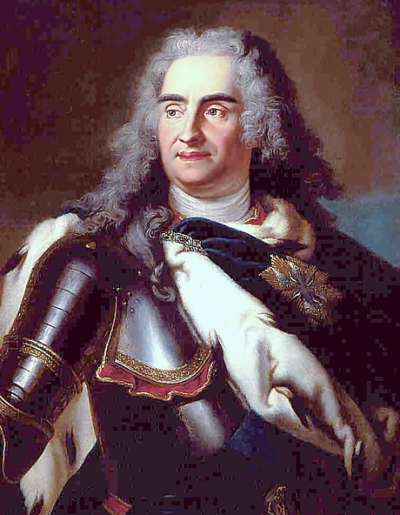
August the Strong. As Elector of Saxony, he is perhaps best remembered as a patron of the arts and architecture. He established the Saxon capital of Dresden as a major cultural centre, attracting artists from across Europe to his court. Augustus also amassed an impressive art collection and built lavish baroque palaces at Dresden and Warsaw.
Meissen porcelain very much reflect the personal taste of August the Strong, King of Poland and Elector of Saxony. Like his predecessors he believed it was part of his royal duty to amass a universal collection of art in accordance with the ideals of the Renaissance.
His frequent visits to Austria, Italy, Spain and France laid the groundwork for his life-long interest in decorative and fine arts, a fascination which would border on obsession. August the Strong's lavish court and grand architectural projects helped Dresden rise to both political and artistic prominence, and his unwavering patronage of the arts helped the city become a European center of the Baroque. Moreover, it was August the Strong's passion for porcelain that made Saxony the birthplace of European porcelain.
In a period when the Chinese and the Japanese where the only ones holding the secret to producing porcelain - the durable yet dainty ceramic considered, at the time to be more precious than gold August the Strong set out to discover the hidden process. For over two hundred years, Europeans had unsuccessfully tried to reveal the secret.
When the 19-year-old alchemist Johann Friedrich Böttger approached to tell he could make gold, according to some historians, August the Strong put him under house arrest, forcing him to instead concentrating on something that would be at least as profitable; to discover the secret of making fine porcelain. The a porcelain factory in Meissen, Saxony, began the production of a stoneware in 1710 and of porcelain in 1713, using a formula developed by Böttger. While the first pieces that left the factory reflected Asian tastes and artistry, Meissen artists soon developed their own designs reflecting the ornate style of the Baroque period.
During his reign, August the Strong acquired nearly everything - Animal figurines, statuette and table settings etc., - created in the Meissen factory. From replicas of Japanese and Chinese ceramics to red and brown stoneware, and the signature Meissen collection. Some pieces, including life-size figures with realistic features, reached a level of technical mastery rarely matched. After August the Strong's death, royal support for the factory waned.
The former Royal Porcelain Collection of Dresden was established around 1715 by August the Strong, and is considered to be the most comprehensive and most important collection of its kind in the Western world. The Polish king, whose passion for East Asian porcelain was unrivalled at the time, intended to dedicate an entire castle, the Japanese Palace, to appropriately exhibit his porcelain treasures, but the King’s vision remained unrealized after his death in 1733.
What remains of the impressive collection after two world wars, the bombing of Dresden in World War II, plus 40 years of Soviet rule as a part of East Germany, etc. has been on display at the Zwinger Museum since 1962. The collection comprises about 20,000 porcelain pieces from Meissen, China and Japan of which about half is of Asian origin. The collection comprises Chinese pieces from the Kangxi period (1662–1722), Japanese Imari and Kakiemon wares from the 17th and early 18th century plus contemporary works produced at the Royal Porcelain Manufactory in Meissen.
Currently only some seven hundred pieces are on display, which gives an impressive enough idea of the size of the original porcelain collection.
A